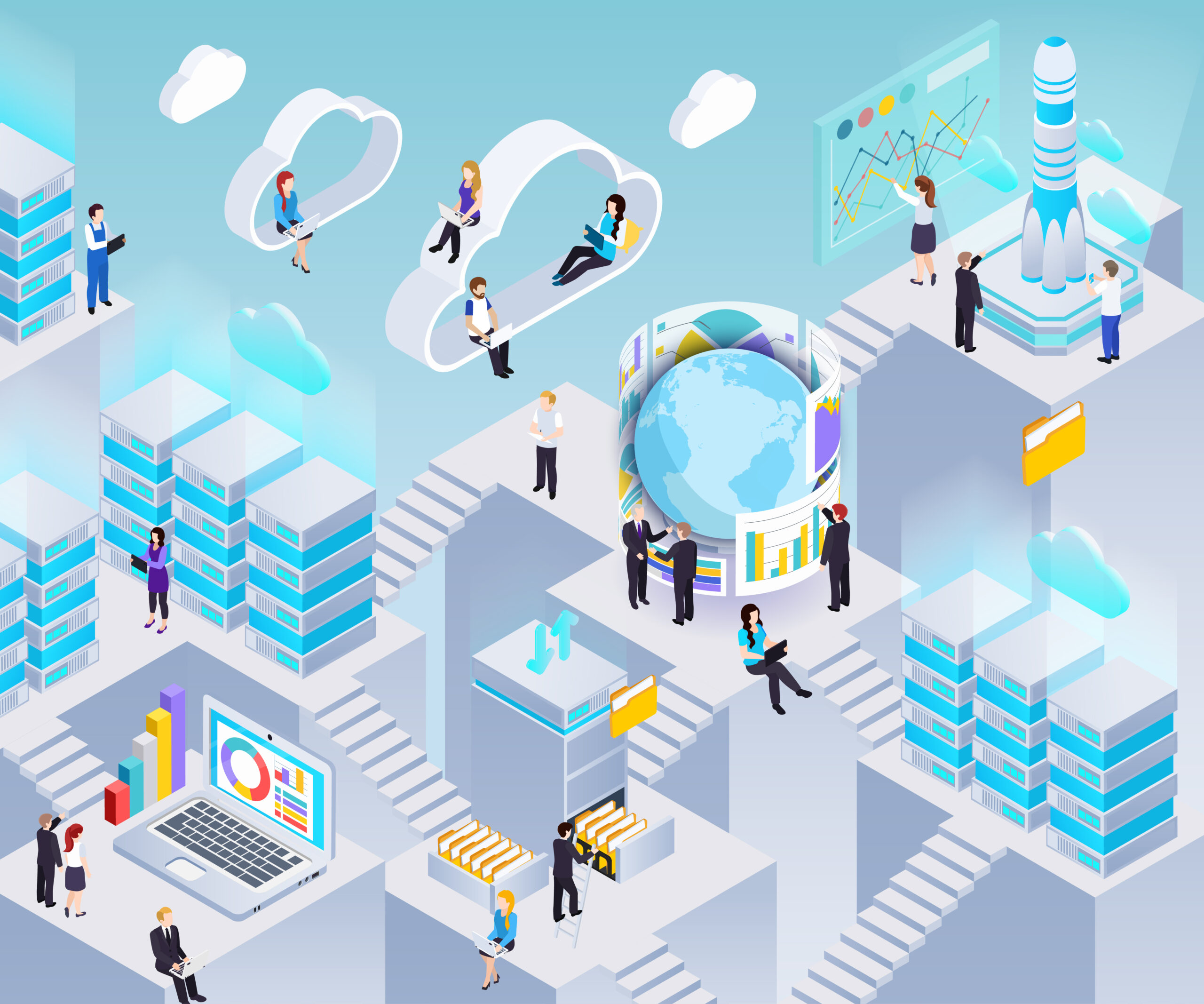Cybersecurity requires advanced technologies, frameworks, and proactive threat management.

The Digital Transformation Imperative: Why Businesses Must Evolve or Risk Obsolescence
January 16, 2025
In today’s rapidly evolving business landscape, digital transformation isn’t just a buzzword—it’s a survival imperative. As we navigate through 2025, organizations that resist digital evolution risk becoming as obsolete as video rental stores in the streaming era. This comprehensive guide explores why digital transformation is crucial and how businesses can successfully navigate this journey.
Understanding Digital Transformation
What It Really Meanso Longer Cut It
Digital transformation goes far beyond simply digitizing paper processes or moving services online. It represents a fundamental reimagining of how an organization:
- Delivers value to customers
- Operates internal processes
- Creates and captures new market opportunities
- Competes in an increasingly digital economy
The Cost of Inaction
Recent market studies have shown that companies that delay digital transformation face:
- 12% higher operational costs
- 34% lower customer satisfaction rates
- 23% decreased market share
- 45% slower time-to-market for new products and services
Key Components of Successful Digital Transformation
1. Technology Infrastructure Modernization
Modern business requires a robust technological foundation:
- Cloud-based systems for scalability and flexibility
- Microservices architecture for agile development
- API-first approach for seamless integration
- Advanced security protocols for data protection
2. Data-Driven Decision Making
Successful digital transformation relies heavily on data:
- Implementation of advanced analytics
- Real-time reporting capabilities
- Predictive modeling for business forecasting
- Machine learning for process optimization
3. Customer Experience Enhancement
Digital transformation should prioritize customer experience through:
- Omnichannel presence and consistency
- Personalized user experiences
- AI-powered customer service
- Mobile-first approach to service delivery
4. Organizational Culture Shift
True transformation requires cultural change:
- Fostering innovation mindset
- Encouraging continuous learning
- Promoting cross-functional collaboration
- Embracing agile methodologies
Common Challenges and Solutions
Challenge 1: Resistance to Change
Solution:
- Clear communication of benefits
- Comprehensive training programs
- Early involvement of key stakeholders
- Celebration of small wins
Challenge 2: Legacy System Integration
Solution:
- Phased migration approach
- API-led connectivity
- Hybrid cloud solutions
- Careful data migration planning
Challenge 3: Budget Constraints
Solution:
- Prioritize high-impact initiatives
- Leverage cloud-based solutions
- Implement pay-as-you-go models
- Focus on quick wins with clear ROI
Challenge 4: Skills Gap
Solution:
- Partnership with technology experts
- Continuous learning programs
- Strategic hiring of digital talent
- Collaboration with digital transformation consultants
Measuring Success
Key Performance Indicators
- Operational Efficiency
- Process automation rates
- Resource utilization
- Cost reduction metrics
- Time savings
- Customer Impact
- Customer satisfaction scores
- Digital engagement rates
- Customer lifetime value
- Net Promoter Score
- Business Growth
- Revenue from digital channels
- Market share growth
- New customer acquisition
- Digital product adoption rates
Future-Proofing Your Digital Transformation
Emerging Technologies to Watch
- Artificial Intelligence and Machine Learning
- Internet of Things (IoT)
- Edge Computing
- Blockchain
- 5G and Beyond
- Quantum Computing
Sustainable Digital Practices
- Green IT initiatives
- Sustainable data center practices
- Energy-efficient technologies
- Environmental impact consideration
Conclusion
Digital transformation is not a one-time project but a continuous journey of evolution and improvement. Success requires a holistic approach that combines technology, people, and processes. Organizations that embrace this change and partner with experienced technology providers like Revocept Solutions position themselves for long-term success in the digital age.
| Related Posts
Cloud Computing: Strategies for Successful Migration and Management
Cloud migration needs strategic planning, cost optimization, security, and performance management.
The Future of Enterprise Technology: Why Custom Software Development Matters More Than Ever
The future of enterprise technology relies on custom software. Tailored solutions boost efficiency, scalability, and competitiveness.




